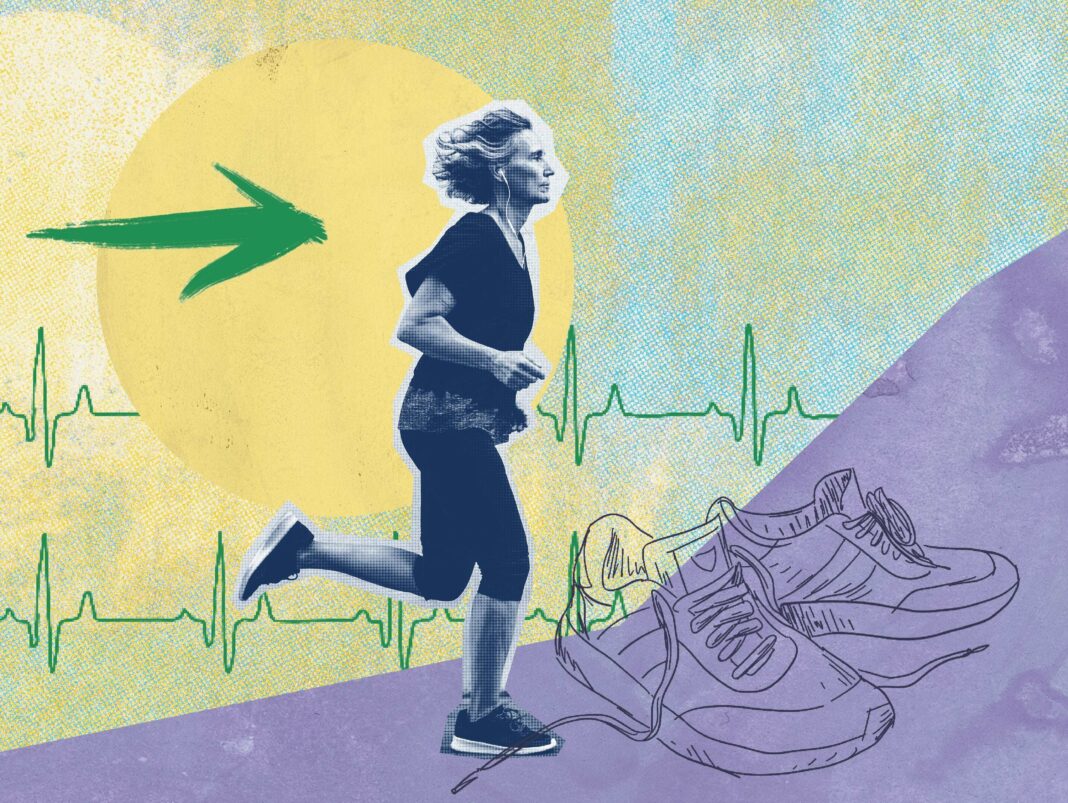“Health is not everything, but without health, everything is nothing,” says Arthur Schopenhauer, emphasizing the importance of physical and mental activity. It’s never too late to start running, as engaging muscles at any age helps maintain strength and reduce age-related risks. Healthy habits can positively influence aging. Key fitness factors for older adults include endurance, strength, flexibility, and coordination. Incorporating strength training and mobility exercises, along with balance work, fosters well-being and enhances daily functioning as one ages. Regular recovery is essential as well.
“Health is not everything, but without health, everything is nothing.” This quote by Arthur Schopenhauer serves as a clear reminder for both physical and mental activity. Importantly, muscles can be effectively trained at any age, which means it’s never too late to start running.
Engage your muscles to stay strong and reduce the risk of common age-related issues. The power is in your hands. By maintaining physical activity and a healthy diet, you can positively influence the natural aging process, keeping your body fit and flexible well into old age. If you’re over 35, however, consider getting a medical check-up before embarking on your running journey.
Four Key Fitness Factors for Seniors
Four Key Fitness Factors for Seniors
With endurance, you can live longer; with strength, flexibility, and coordination, you can live better. As you age, focus on these four crucial fitness factors:
Running training is a vital aspect of your vitality regimen. Regular aerobic exercise positively impacts nearly all bodily organ systems. Aim for extensive aerobic training, incorporating occasional anaerobic workouts. Be mindful not to get overly breathless while running; your muscles benefit most when they receive plenty of oxygen through aerobic training, keeping you in a health-promoting zone.
However, proceed with caution. Start with a gradual build-up, allowing your muscles, tendons, and joints time to adapt. Begin with intervals – not high-intensity training, but rather alternating walking and running. If you diligently follow a training plan, such as “Fit in 12 Weeks,” you could be running five kilometers in three months.
Age can exacerbate poor posture, such as a hunched back. Focus on improving your posture when jogging. Maintain an upright torso while running to avoid premature fatigue and discomfort in your back, neck, and calves.
Stand tall and engage your core to align your body axis. This positioning allows your legs to move with less effort, making your strides more efficient. It may require practice and patience to refine your posture, but the benefits are significant.
Starting at age 30, individuals typically lose about one percent of muscle mass annually. Strength training helps preserve muscle and contributes significantly to maintaining health in older age. It strengthens your muscles and protects joints and bones from degeneration and injury. The muscle acts like a supportive corset around your spine and joints. Aim for two to three sessions per week, incorporating simple bodyweight exercises for 20 to 30 minutes.
In strength training, focus on core strength to avoid postural issues! Osteoporosis can lead to vertebrae fractures, as bones lose stability and become more prone to breakage. In addition to strength training, a protein-rich diet is essential for strong bones.
Flexibility training enhances the elasticity of joints, tendons, and muscles, protecting you from chronic musculoskeletal issues. Including flexibility exercises two to three times a week is crucial for health-promoting workouts.
Improving balance and reaction time is key to navigating daily life safely as you age. When you run, balance becomes vital with each step requiring steadying. Those with good balance tend to have fewer falls. Incorporate coordination exercises into your routine, such as standing on one leg for 30 seconds, followed by closing your eyes for another 30 seconds. If you can manage that, try looking upward with your chin while remaining steady. Repeat the exercise with your other leg.
Stairs offer an excellent training tool to combine the fitness factors of endurance, strength, and coordination in a practical way. Climbing stairs engages the major gluteal and thigh muscles, extending the hip and knee joints. The calf muscles help propel you forward from your thighs to your toes. Step up two stairs at a time with an active foot placement and arm swing while maintaining a strong core for balance. Ideally, perform three sets of about 30 to 50 steps, resting during the descent. Descending stairs is particularly effective for osteoporosis prevention as it helps absorb three to four times your body weight.
You’ll soon notice improvements in your running because of regular stair workouts. Climbing stairs two to three times each week can work wonders, making your running experience more economical and healthier.
Recovery is Key to Effective Training
Recovery is Key to Effective Training
The fifth fitness factor is speed. If you aspire to be speedy even in your later years and feel fit enough, incorporate sprint intervals or occasional interval training. However, the four aforementioned fitness factors are paramount as you age.
Plan for three aerobic sessions weekly, dedicating 45 minutes to running or walking, along with 15 minutes for strength, flexibility,
